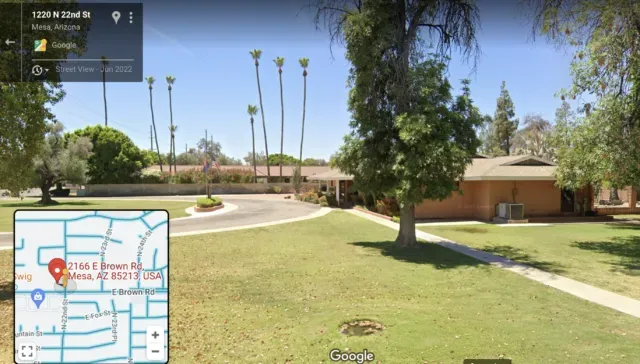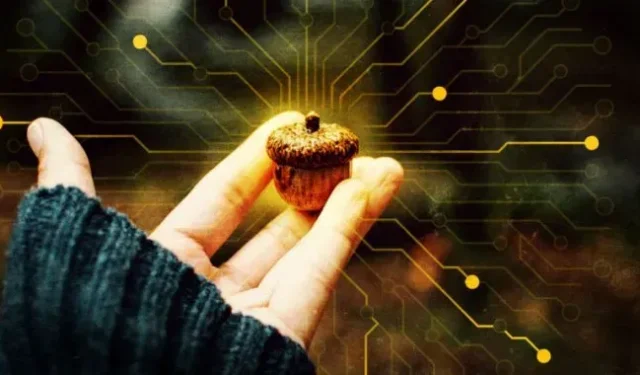It was 1983 and Acorn Computers was on top of the world. Unfortunately, trouble was not far off.
A small British company became famous for winning a contract with the British Broadcasting Corporation to produce a computer for a national television show. Sales of her BBC Micro have skyrocketed and will soon top 1.2 million units.

But the world of personal computers was changing. The market for cheap 8-bit chips that parents bought to help their kids with their homework was getting saturated. And new machines from across the ocean, such as the IBM PC and the upcoming Apple Macintosh, promised significantly more power and ease of use. Acorn needed a way to compete, but didn’t have a lot of R&D money.
The seed of an idea
Sophie Wilson, one of the developers at BBC Micro, foresaw this problem. She added a slot called “Tube”that could be connected to a more powerful CPU. A slotted processor could replace a computer, leaving its original 6502 chip free for other tasks.
But which processor should she choose? Wilson and co-author Steve Ferber looked at various 16-bit options such as the Intel 80286, National Semiconductor 32016, and Motorola 68000. But none of them were completely satisfactory.

In a later interview with the Computer History Museum, Wilson explained, “We could see what all these processors were doing and what they weren’t doing. So the first thing they didn’t do was not use the memory system properly. The second thing they didn’t do was that they weren’t fast; they were not easy to use. We are accustomed to programming the 6502 in machine code, and we rather hoped that we could achieve such a level of power that if you write in a higher level language, you can achieve the same results.
But what was the alternative? Could tiny Acorn build its own processor from scratch? To find out, Wilson and Ferber went to the National Semiconductor plant in Israel. They saw hundreds of engineers and a huge amount of expensive equipment. This confirmed their suspicions that such a task might be too much for them.
They then visited the Western Design Center in Mesa, Arizona. This company produced the beloved 6502 and designed the 16-bit successor to the 65C618. Wilson and Ferber found nothing more than a “suburban bungalow”in which a few engineers and a few students drew circuits using old Apple II computers and bits of duct tape.

Suddenly building your own processor seemed possible. The small team of Wilson and Ferber had already made their own chips, such as graphics and I/O chips for the BBC Micro. But these designs were simpler and had fewer components than the CPU.
Despite the difficulties, Acorn’s senior management supported their efforts. In fact, they have gone beyond mere support. Acorn co-founder Herman Hauser, Ph.D. in physics gave the team copies of IBM research papers describing a new and more powerful type of CPU. It was called RISC, which stands for Reduced Instruction Set Computing.


